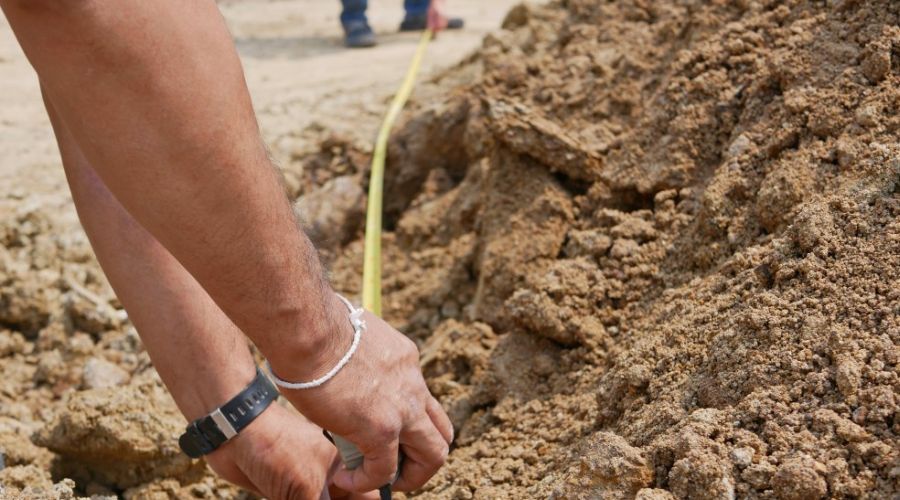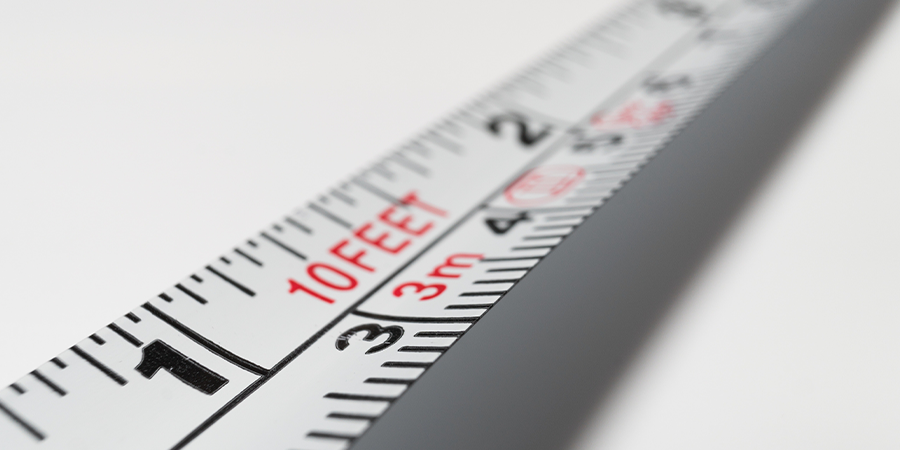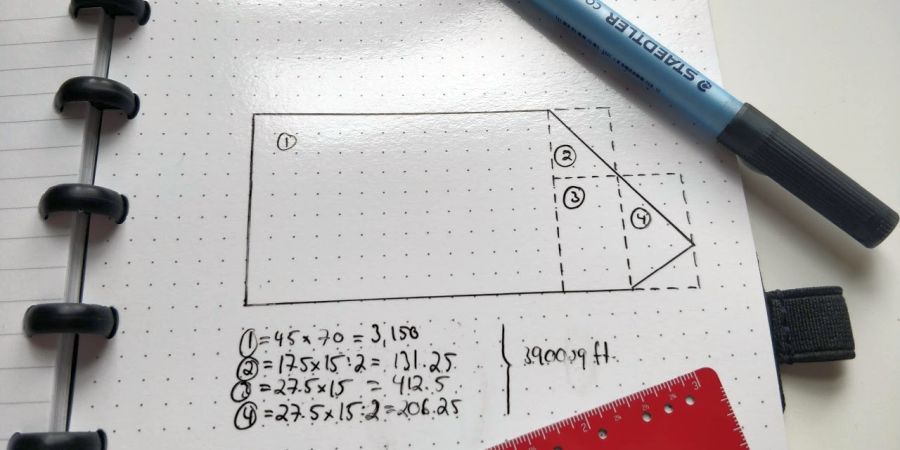Have you been wondering what the square and cubic footage is of your home or yard? If the time has come to get a new HVAC or sprinkler system, you will absolutely need this information. Having it handy means you can get started on your projects right away without having to measure it every time.
Knowing how to calculate square footage and cubic footage is not as complicated as it seems. If you have a basic (and we mean basic) understanding of math, you shouldn’t encounter any problems at all. This guide will walk you through each step and get you going on your home improvement projects.
What You Will Need to Calculate Square Footage and Cubic Footage
Measuring Tape
A long measuring tape is essential for calculating the square and cubic footage of your home or yard. If possible, get a retractable metal measuring tape with its own housing. You should be able to find one at any hardware store and it will be much easier to measure with than a loose tape that is usually reserved for tailoring.
Marking Stakes
If you are measuring your yard, it is a good idea to have wooden stakes with which to mark your property lines. This will give you a good visual representation of what you need to measure and where your endpoints are.
How to Measure Your Home
1. Measure the Exterior of the Building
According to the American National Standards Institute (ANSI), the square footage of homes should be measured by the exterior. This will give you the total square footage of the building. Measure the width and depth of the house along the floor line. Measure these dimensions to the nearest inch or 1/10th of a foot.
Do not measure areas like garages or storage rooms. To remain in compliance with the ANSI, you will only measure the areas that are used year-round for actual living. Sheds, garages, and shops will not be included.
2. Measure the Width, Depth, and Height of the Rooms
To get the cubic footage of your home’s interior, you are going to need to introduce another dimension, the ceiling height. This is one of the reasons having a hard metal tape measure is so important. It will allow you to run the tape measure all the way up to the ceiling without having to get a ladder.
Measure the width, depth, and height of each livable room. Remember, this does not include areas like closets, attics, or utility rooms. This should only be a measurement of livable areas.
3. Calculate the Square Footage and Cubic Footage
Once you have these measurements, you can calculate the square footage and cubic footage of your home. To get the square footage, take the width and depth of the exterior that you measured and multiply them together.
For the cubic footage, take the width, depth, and height of each room and multiply those. Then, add the cubic footage of each room together to get the total for your home.
How to Measure Your Land
1. Know Your Property Lines
In order to properly measure the square footage of your land, you will have to know where your property lines are. Your mortgage package should include the dimensions of your lot, maybe even a recent survey of the property. However, it is important to check with any neighbors and come to a consensus on this issue. It will save you trouble down the line should you want to put in a fence or other yard feature.
2. Measure the Width and Depth
Measure the width and depth of your yard’s property lines with a tape measure and wooden stakes. Stake out the property corners and make marks with the stakes at any points where the tape measure isn’t long enough. Depending on how large your lot is, you may have to do this several times for each dimension.
Add up the width and depth of your yard by adding up the space in between the wooden stakes on each dimension. This can also be done by tying string along the stakes and measuring that after the fact, but this won’t be necessary if you keep track of each section of stakes.
If your lot is oddly shaped and not in a perfect rectangle, don’t fret. You can still calculate this area’s square footage. Simply break the lot up into a series of shapes that you can measure effectively. Think of it as the same method you used to calculate the interior space of your home by measuring each separate room.
3. Calculate the Square Footage
Image credits: Tina Sieber
Now, you can multiply the width by the depth of your property. This will give you the full square footage of your plot of land. If you only had to measure the width and depth of one big piece, just multiply those two numbers, just like you did for the exterior of your home.
If you had to break the lot up into separate pieces because it is oddly shaped, calculate the square footage of each individual piece. Then, add those together to get the complete square footage of the lot.
How Many Square Feet in an Acre?
1. Measure the Square Footage
Sometimes, you may need to know the acreage of a lot for things like sod or gravel installation. You will also need to know the acreage should you want to sell the property. To do this, first find the square footage with the methods outlined above.
2. Calculate the Acreage
Once you have the square footage, divide that number by 43,560. Since an acre is 43,560 feet, this will give you the acreage. For example, if your lot is 12,650 square feet, divide that by 43,560. This will tell you that your lot is .29 acres.
This can also work in reverse, if you already know your acreage, it is easy to find the square footage without even measuring. Simply multiply the acreage by 43,560 to get the square footage of the lot.
The Long and Short of It
Even if math isn’t your strong suit, it is very easy to calculate square footage and cubic footage. Plus, it will come in handy for all kinds of home improvement projects. Just remember to keep a record of all your measurements handy, so you can pull them up instantly the next time you need them.
Hopefully, you found this guide helpful. I think the importance of knowing what you are working with space-wise with a home or property can’t be understated. If you were surprised by how easy this whole process is, be sure to leave a comment and share to let others know too!




